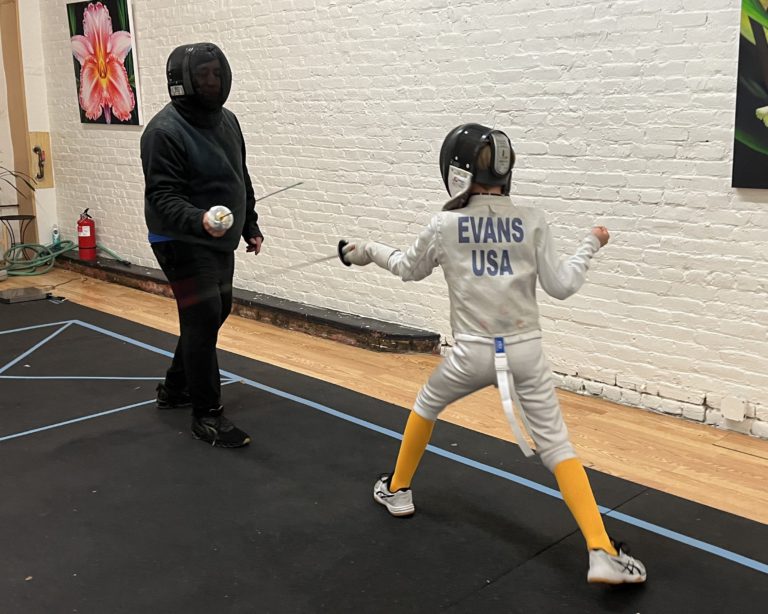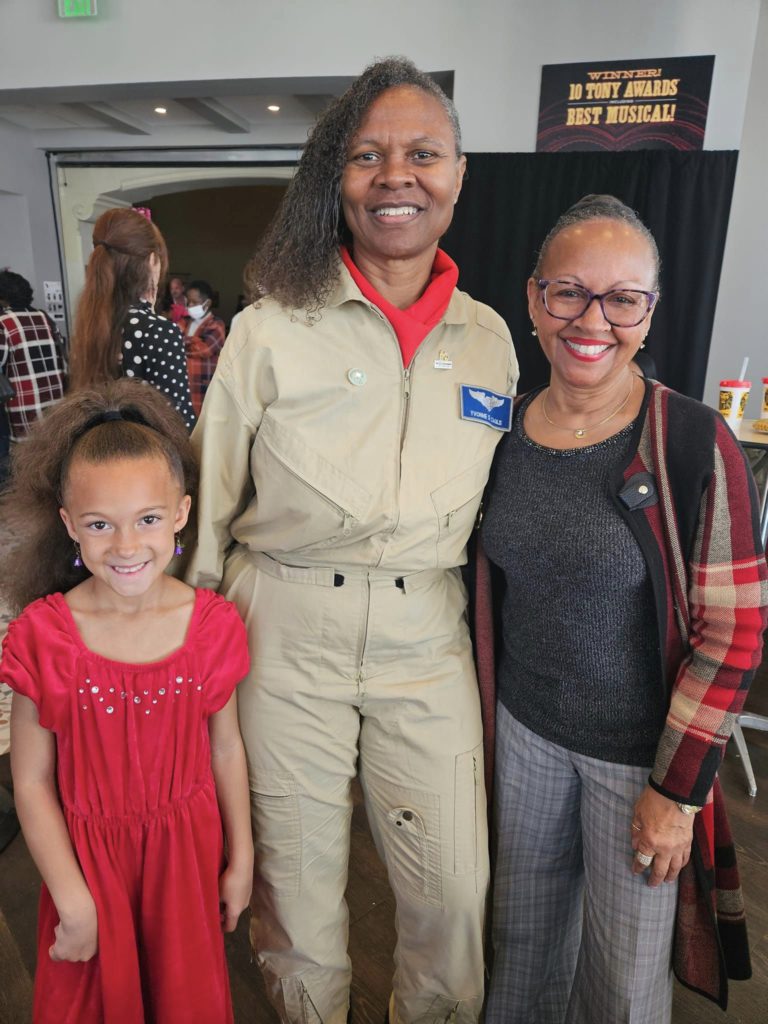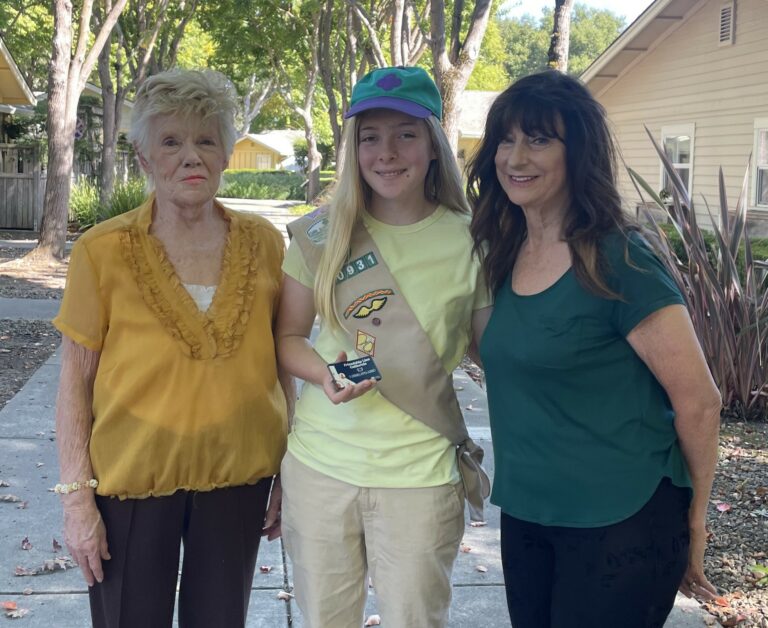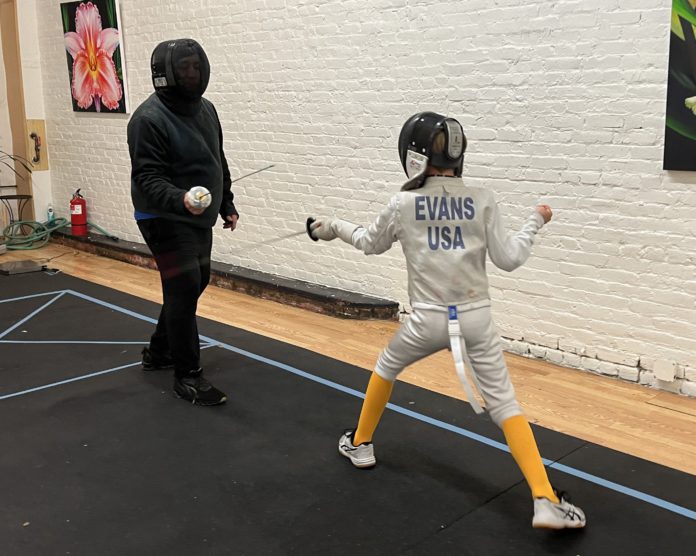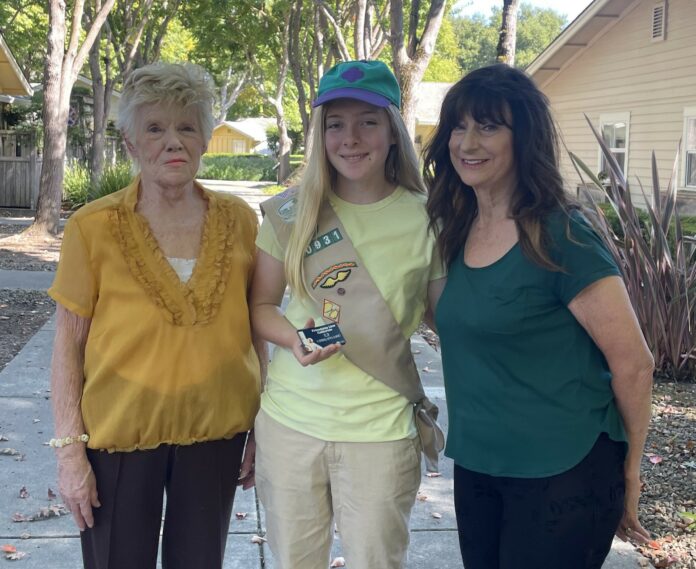The Richardson Bay Regional Agency (RBRA) issued a press release this month to recognize 2023 as a “banner year.” Many people living aboard boats anchored in Richardson Bay dispute that statement.
While the RBRA celebrates milestones reached last year, including a 27% decrease in “boats illegally anchored in Richardson Bay,” mariners still living on the anchorage say they’re worried about their future.
The sailors face two looming deadlines. By October, most of the 40 boats anchored in Richardson Bay must be removed, according to a 2021 agreement between the RBRA and the San Francisco Bay Conservation and Development Commission (BCDC), a state agency. The few in the Safe and Seaworthy program may stay until October 2026. After that, the regulation limiting vessels to a 72-hour stay in Richardson Bay will be enforced for all.
Mariners who live on the anchorage, often referred to as anchor outs, wax eloquently about their love of nature and the nautical lifestyle. Yet they also admit that they can’t afford the hefty price tag to rent a marina slip or apartment in Marin County—ranked as the 4th wealthiest county in the nation by a 2023 SmartAsset study.
In May, the RBRA threw a lifeline to the sailors by launching a state-funded program to secure temporary housing vouchers for those meeting eligibility requirements. The RBRA and the Marin Housing Authority have said that those who receive the temporary housing will transition to a Section 8 housing voucher, which doesn’t have an expiration date.
Initially, the program aimed to house 17 anchor outs a year for the next three years. But it got off to a slow start because the case management team from Episcopal Community Services (ECS) didn’t come on board until October. Consequently, 2023 saw only four people housed.
About 35 people currently living in Richardson Bay qualify for the housing program. Fortunately, the pace is picking up for voucher distribution, but not fast enough to meet the October 2024 deadline.
“Six people have vouchers in hand and are actively seeking housing,” Brad Gross, executive director of the RBRA, said. “We will house as many people as we can by October 2024, but there is a very good likelihood that we will be going to the BCDC to ask for an extension.”
Gross believes that another 13 vouchers can be distributed this year, in addition to the six recently issued vouchers. Contacting landlords about providing housing to people in the program is the next step—often a lengthy process.
Even with accelerated momentum, many eligible anchor outs fear that they’ll be forced from Richardson Bay before receiving housing, rendering them homeless. Gross seems confident that he can successfully negotiate with the BCDC for an extension. In fact, in three instances during the last six months, Gross has obtained extra time for mariners subject to other deadlines.
“I believe the BCDC will see the wisdom in the program,” Gross said. “It’s just timing to get people into housing. Timing and the cooperation and support of the BCDC. The program is working; just give us the time we need, and we won’t go past October 2026.”
Those words should go far in alleviating the apprehension felt by those who qualify for the housing program. However, several people living on the anchorage aren’t eligible.
Lisa McCracken, who is about 60, is falling through a crack in the RBRA’s housing program. Since 1989, she has lived aboard vessels anchored-out in Richardson Bay, with an occasional brief hiatus on land. McCracken resides on a 50-foot sport fishing yacht owned by Steve Fischer, 65, a long-time friend. They are roommates.
While both roommates said Fischer was offered a spot in the housing program, McCracken did not receive an invitation. It appears that leaving McCracken out in the cold is not an oversight.
“Sasha [the case manager], from Episcopal Community Services, when I asked, said it was the owner of the vessel who gets housing,” McCracken said. “One housing voucher per boat.”
The vouchers only allow relatives and married couples to live together. Unmarried couples and friends are out of luck.
It was difficult to pin Gross down on the one voucher per boat policy. He claimed that the RBRA is not a party to such decisions, despite agency press releases and Gross himself referring to the “RBRA’s housing program.” At the same time, Gross said that the RBRA is aware that Fischer and McCracken occupy one boat.
“We fund the vouchers that place people in housing,” Gross said. “There is a complete disconnect between RBRA and the housing program—the actual processing and the paperwork, who gets a voucher and whatever,” Gross said.
A statement provided by Episcopal Community Services contradicts Gross. The nonprofit declined to comment on McCracken but confirmed the policy of distributing only one housing voucher per boat. The statement also acknowledged that the RBRA provided the policy to ECS—not vice versa.
A few sailors living on the anchorage don’t qualify for housing because they weren’t present for the RBRA’s two censuses of boats anchored out on Richardson Bay. In June 2022, the agency took the first count, with the second in April 2023. Boats present during both surveys meet an important requirement for the housing program. The other vessels must be removed, without the RBRA providing a housing voucher to the owner.
In recent years, the RBRA has seized and crushed boats that overstayed their welcome. Some were unoccupied. Others were people’s homes.
It remains unclear how long the RBRA will give boat owners who arrived after the June 2022 census to pull up their anchors and leave Richardson Bay. According to Gross, the agency is trying to be accommodating.
“We don’t want to take anybody’s boat unless we really have to, but we do have to continue with the enforcement process,” Gross said.
Seizing and crushing boats can be expensive. The RBRA has settled some lawsuits filed by people whose boats were seized or destroyed, all at taxpayer expense.
Robyn Kelly, a former anchor out, said the agency paid her a $150,000 settlement this month. When Kelly went ashore for Thanksgiving a few years ago, the RBRA seized and destroyed her boat. Since then, she has been homeless, frequently residing in a Marin homeless shelter.
Kudos to the RBRA for taking a new tack and coming to the table with its housing program for the mariners. In addition, the RBRA established a boat buyback program that pays the registered owner $150 per foot to turn in their vessel.
One of the first four mariners to receive housing, Shel Snyder, 58, has been in her Gerstle Park apartment for four months. Although Snyder loved living on the anchorage for the last 25 years, she finds that dwelling on land also has its perks.
“When people want you gone [from Richardson Bay], it’s not a peaceful place to live anymore,” Snyder said. “I sacrificed my boat but now I’m in another phase of my life and I’m happy.
It appears that the housing program is working. Still, the RBRA could take one more tiny step by providing vouchers to the few ineligible boaters anchored in Richardson Bay. It would surely beat forcing vulnerable people into homelessness.


